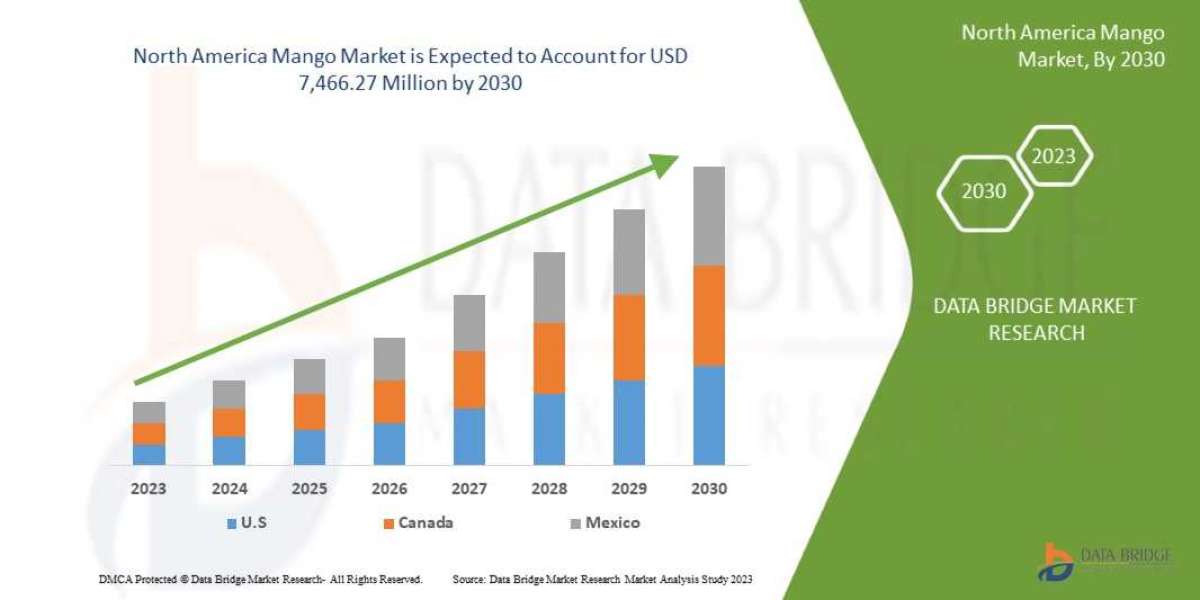Grid trading strategies have gained popularity among traders for their potential to capitalize on range-bound markets. However, before implementing such strategies in real trading scenarios, it's crucial to thoroughly backtest them. In this article, we will explore a practical approach to backtesting grid trading strategies in the context of the year 2023.
Introduction
Grid trading is a technique that involves placing a series of buy and sell orders at predetermined intervals, creating a grid or network of positions. The goal is to profit from price fluctuations within a specified trading range. Grid trading can be a profitable approach in markets with low volatility, but it also requires careful planning and risk management.
In 2023, the cryptocurrency remain as attractive as ever for traders seeking opportunities. As such, backtesting grid trading strategies has become even more vital to ensure that your trading approach is robust and can adapt to the ever-changing dynamics of these markets.
Why Backtesting is Essential
Backtesting is the process of simulating a trading strategy using historical market data to evaluate its performance. This essential step allows traders to understand how their grid trading strategy would have performed in the past under various market conditions. Here are some reasons why backtesting is crucial
1. Assessing Profitability
Backtesting allows you to determine if your grid trading strategy would have been profitable in the past. By analyzing historical data, you can identify potential winning and losing trades, helping you refine your strategy.
2. Risk Management
Understanding the drawdowns and risk levels associated with your strategy is paramount. Backtesting helps you gauge the maximum drawdown your strategy may experience and adjust your risk parameters accordingly.
3. Strategy Optimization
Backtesting provides insights into the optimal parameters for your grid trading strategy. You can fine-tune entry and exit points, grid spacing, and position sizing based on historical performance.
A Practical Approach to Backtesting Grid Trading Strategies
Now that we understand the importance of backtesting, let's delve into a practical approach to backtesting grid trading strategies
1. Data Collection
Begin by collecting historical market data for the asset you intend to trade. Ensure that the data covers a significant timeframe, including various market conditions.
2. Define Your Grid Strategy
Clearly define your grid trading strategy, including entry and exit criteria, grid spacing, and risk management rules. Document these parameters to maintain consistency during backtesting.
3. Select a Backtesting Platform
Choose a reliable backtesting platform or software that allows you to simulate your grid trading strategy accurately. Ensure that the platform supports the asset class you plan to trade.
4. Run Backtests
Execute backtests on your chosen platform using historical data and the parameters defined in your strategy. Pay close attention to metrics like profit and loss, win rate, and drawdown.
5. Analyze Results
Carefully analyze the results of your backtests. Look for patterns and trends in your trading strategy's performance. Identify areas where improvements can be made.
6. Iterate and Refine
Based on your analysis, iterate on your grid trading strategy. Adjust parameters and rules to enhance profitability and reduce risk. Repeat the backtesting process to validate your improvements.
Conclusion
Backtesting grid trading strategies is an essential step in preparing for real-world trading in the dynamic markets of 2023. It provides traders with valuable insights into the historical performance of their strategies, helping them refine their approaches for better profitability and risk management. By following the practical approach outlined in this article, traders can enhance their grid trading strategies and increase their chances of success in today's trading landscape. Remember, in the ever-evolving world of trading, adaptability and continuous improvement are key to staying ahead of the game.







